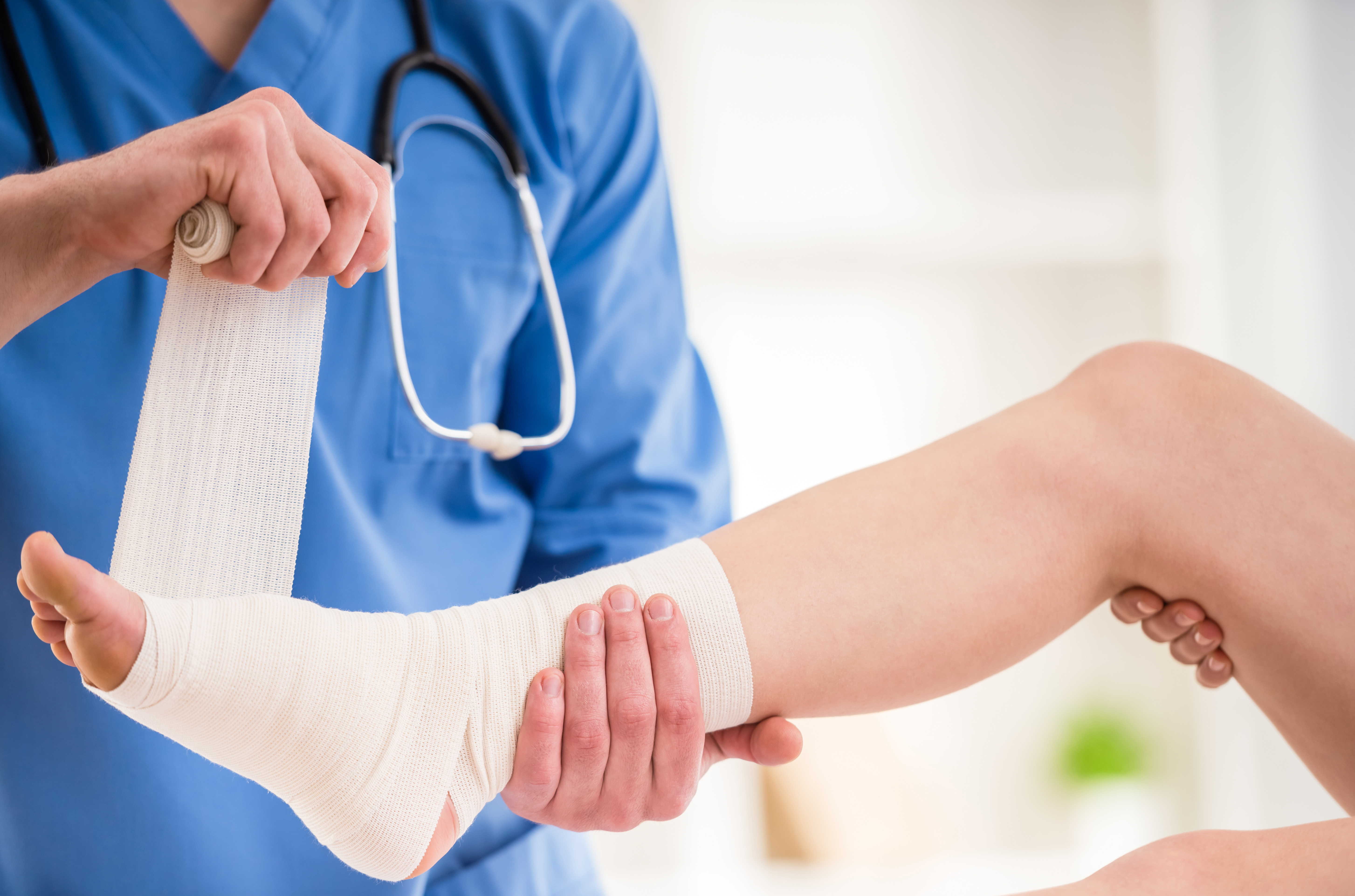The heel pain related to heel spurs and plantar fasciitis might not respond properly to relaxation. If you walk after waking up, the pain may become worse as the plantar fascia all of sudden elongates, which stretches and pulls on the heel. The pain often decreases the more you walk. But you can feel a recurrence of pain after either prolonged rest or walking.
Heel ache may also respond to treatment with over the counter medications which include acetaminophen, ibuprofen, or naproxen. In many instances, an orthotic device can correct the causes of heel and arch pain which include biomechanical imbalances. In some cases, injection with a corticosteroid can be given to alleviate inflammation.
If you have heel pain that persists for a few months, seek advice from a health care professional. He or she may additionally propose conservative remedies which include:
- Stretching sporting activities
- Shoe pointers
- Taping or strapping to rest careworn muscle tissues and tendons
- Shoe inserts or orthotic devices
- Physical therapy
- Night splints
Surgery for Heel Spurs
More than 90 percent of people get better with nonsurgical treatments. If natural remedy fails to deal with symptoms of heel spurs after one year, surgical procedure may be done. Surgical methods consist of:
- Release of the plantar fascia
- Removal of a spur


